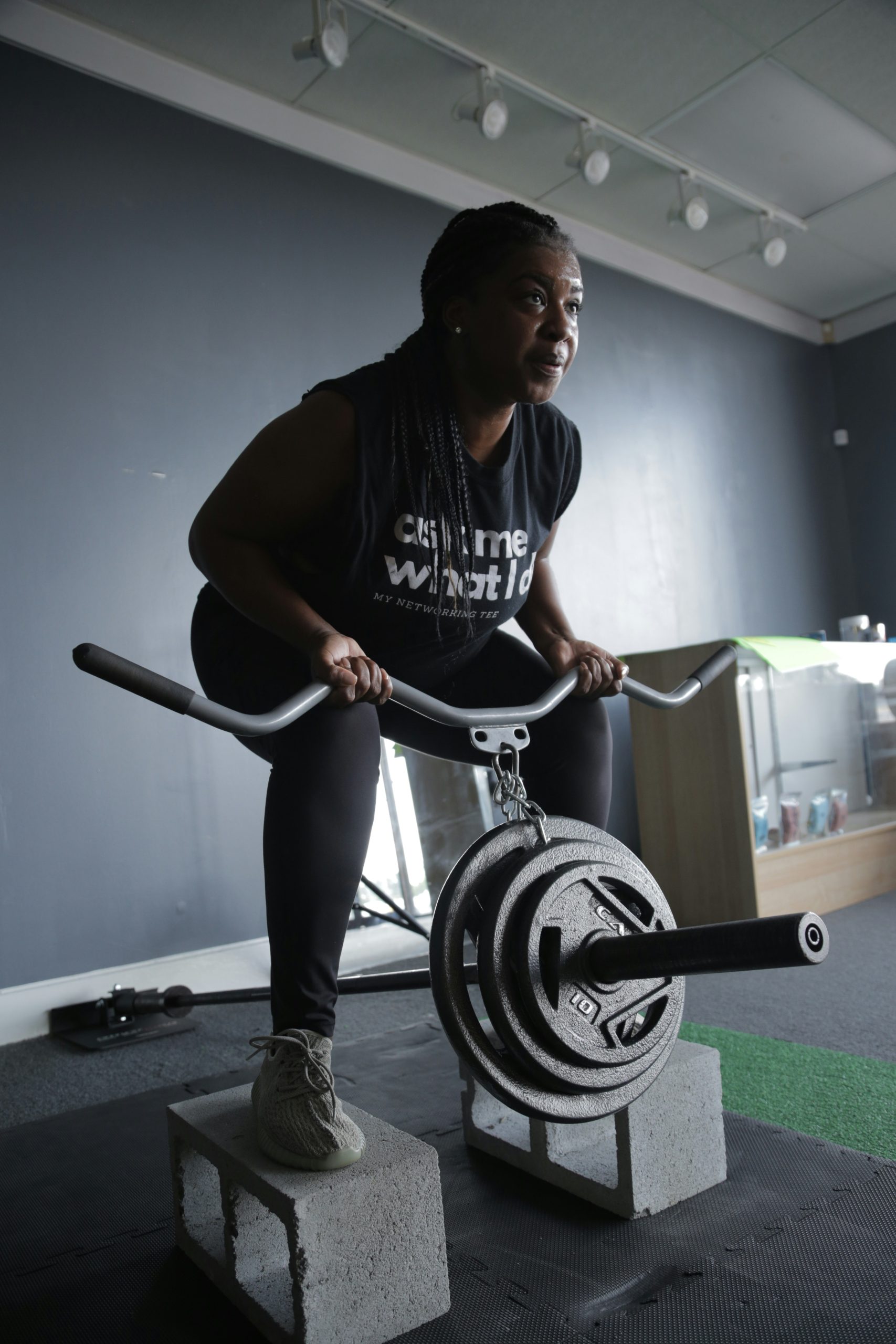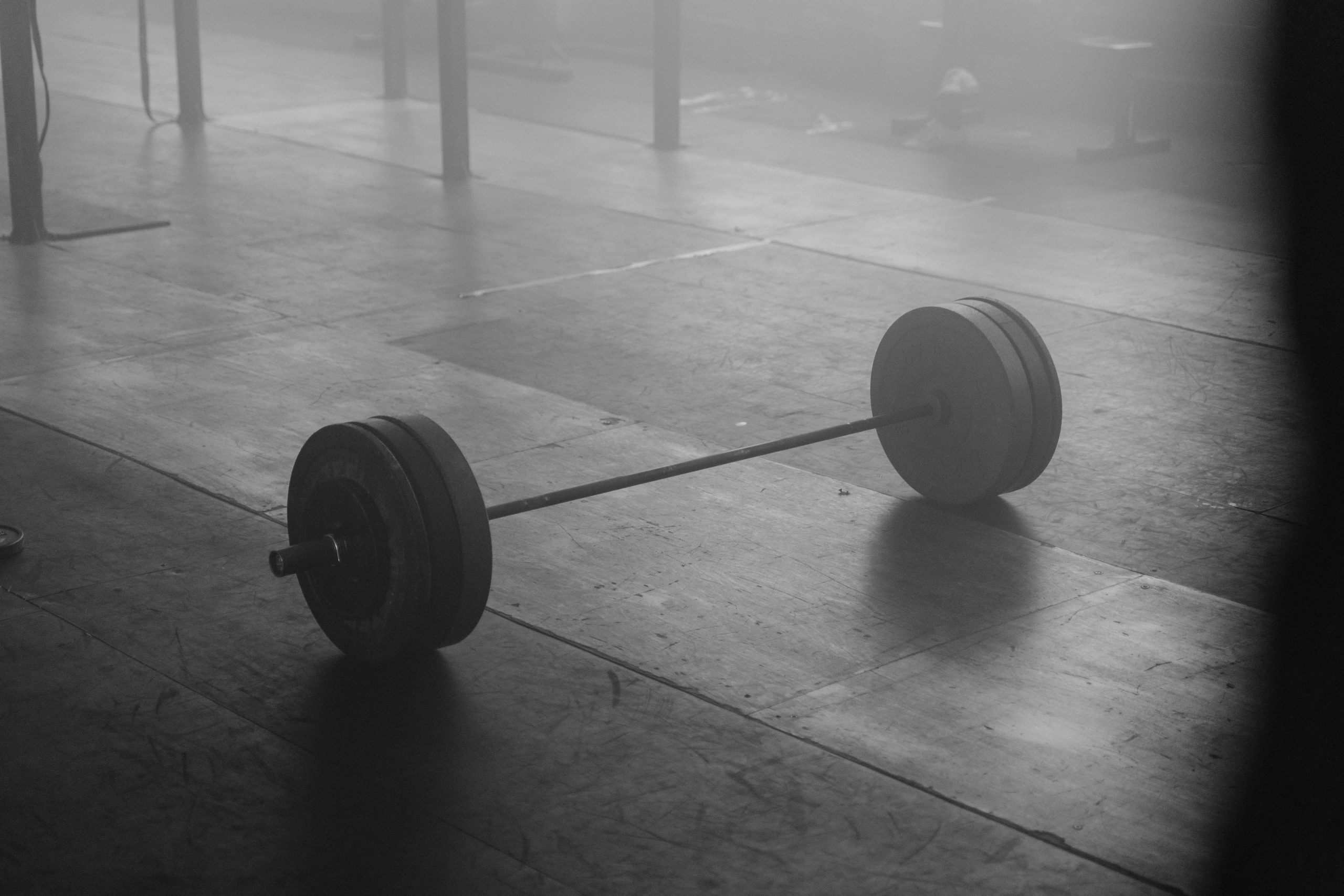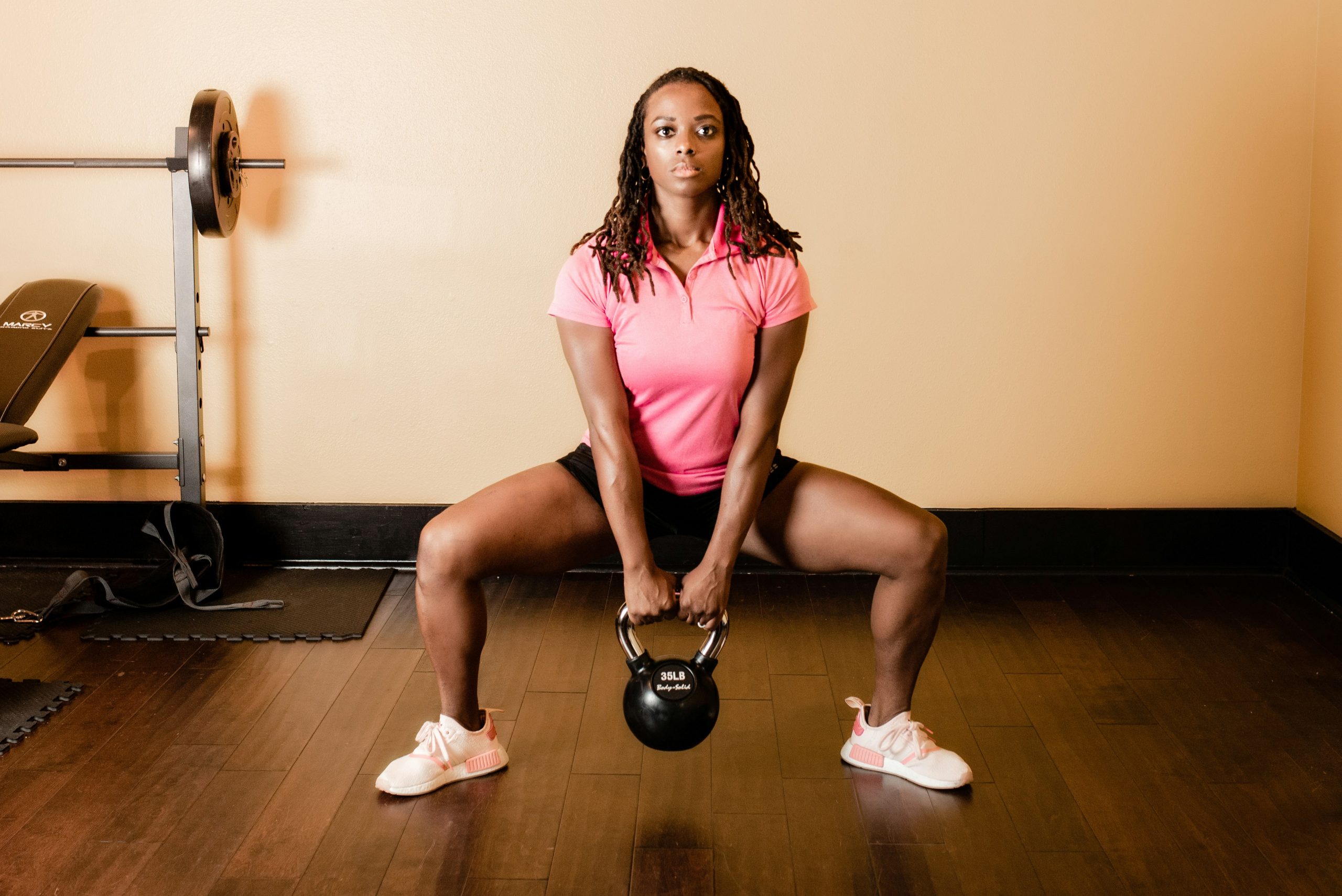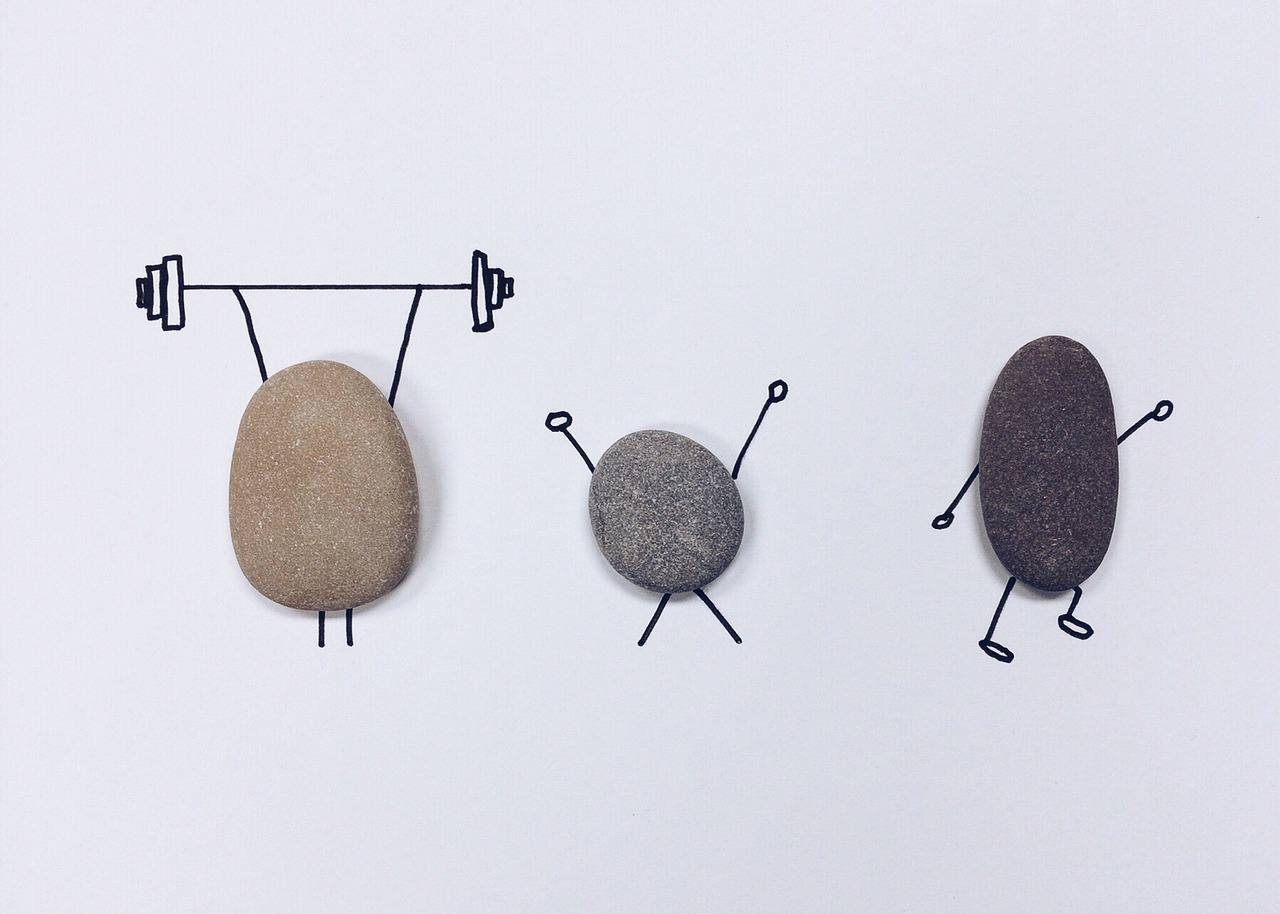
Independence!

Strength training is about building the muscle mass that helps you perform everyday tasks, like getting out of bed, sitting and standing in the toilet, or simply moving around with ease. In previous articles, we’ve highlighted how movement and joint health directly correlate with longevity. Since all of your joints are surrounded by muscle, every movement you make—whether it’s a dance step or simply walking—relies on strong muscles.
As you age, muscle mass naturally declines, particularly after 30, but the key is to continue building and maintaining your muscles through strength training. This not only helps you stay active longer but also enhances your quality of life in the process.
Boost Your Basal Metabolic Rate (BMR)

You may have heard of BMR—the amount of energy your body requires just to keep functioning. My friend always talks about how strength training boosts BMR because muscles need more energy to maintain than fat does. More muscle means a higher BMR, which is a great thing when it comes to weight loss. By increasing your muscle mass, you’re enabling your body to burn more calories even when you’re not working out.
One of my clients lost 7 pounds of body fat in just one month by simply adding strength training to her routine. Research supports this too—lifting weights can directly increase your BMR, making weight loss easier and more sustainable.
A Lesson in Patience, Discipline, and Consistency

Strength training is more than just physical—it’s a fantastic teacher of life skills. If you’ve ever been sore after a weight session (and if you haven’t, you should try it!), you know that it’s a “sweet pain” that tells you you’re on the right track. It means you’ve pushed your muscles to their limit, and now, they’ll heal and grow stronger.
But here’s the thing: you don’t see results overnight. Strength training teaches you patience, discipline, and the importance of consistency. The same qualities apply in other areas of life, like entrepreneurship or any long-term investment. Sometimes, you have to go through a little pain, be consistent, and trust the process. It’s all about building momentum and knowing that, over time, you’ll start seeing the benefits.
Stronger Bones, Stronger You

Strength training is vital for your bones. The client who lost 7 pounds of body fat also saw an increase in her bone mass. This is crucial as we age. Weak bones are prone to fractures and injuries that can take longer to heal, especially in the hip, wrist, or spine.
As you get older, bones naturally lose calcium and other minerals. But the good news is that strength training can actually help increase bone density, reducing the risk of osteoporosis and sarcopenia (muscle loss due to aging). Regular strength training provides the stress and stimulation necessary to keep your bones strong, so you don’t have to fear a fall as you age.
In conclusion, strength training isn’t just about building muscles for looks—it’s about investing in your future health and happiness. It keeps you independent, boosts your metabolism, teaches you patience, and strengthens your bones for the long haul. So, whether you’re lifting weights, dancing to your favorite tunes, or getting creative with your fitness routine, remember that every move you make is a step toward a happier, healthier you.

